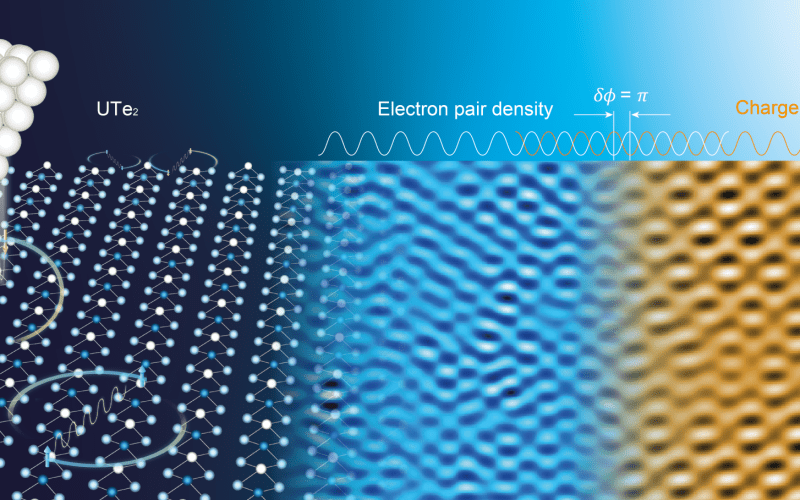Understanding Spintronics
Spintronics, short for spin transport electronics, is a branch of nanoscale electronics that focuses on the intrinsic spin of electrons, in addition to their charge, to manipulate and control electronic properties. Unlike traditional electronics, which primarily rely on the movement of electrical charge, spintronics exploits the spin of electrons as an additional degree of freedom for information processing and storage.
History and Development of Spintronics
Solid State Physics The roots of spintronics can be traced back to the early 20th century when physicists began to uncover the quantum mechanical properties of electrons, including their intrinsic spin. However, it wasn’t until the late 20th century that spintronics gained momentum as a distinct field of study, with seminal works by scientists such as Albert Fert and Peter Grünberg, who discovered giant magnetoresistance (GMR) in magnetic multilayers, laying the foundation for modern spintronics technology.
Principles of Spintronics
At the heart of spintronics lies the manipulation of electron spin, which can be achieved through various techniques such as spin polarization, spin injection, and spin transport. Spin polarization involves aligning the spins of electrons in a particular direction, while spin injection refers to the transfer of spin-polarized electrons from one material to another. Spin transport entails the propagation of spin information through a material, which can be controlled by external magnetic fields or electric currents.
Spintronics
Solid State Physics Spintronics has found applications in diverse fields ranging from magnetic storage and data processing to spin-based sensors and quantum computing. Magnetic hard disk drives, for instance, utilize spintronics principles to store and retrieve digital information, offering higher storage densities and faster data access compared to traditional storage technologies. Spin-based sensors, on the other hand, leverage the sensitivity of electron spins to detect magnetic fields with high precision, enabling applications in medical imaging, navigation systems, and magnetic resonance imaging (MRI).
Magnetic Materials in Spintronics

Solid State Physics Magnetic materials play a crucial role in spintronics devices, serving as the building blocks for spin manipulation and control. These materials can be categorized into various types based on their magnetic properties, such as ferromagnetic, antiferromagnetic, and ferrimagnetic materials. Ferromagnetic materials, characterized by their spontaneous magnetization, are commonly used in spintronics applications due to their robust magnetic properties and ease of manipulation.
Challenges and Future of Spintronics
Despite significant advancements, spintronics still faces several challenges, including efficient spin injection, spin transport over long distances, and development of scalable spin-based devices. However, ongoing research efforts aimed at overcoming these challenges hold promise for the future of spintronics, with potential applications in quantum computing, spin-based logic gates, and spintronic integrated circuits.
Conclusion
In conclusion, spintronics represents a fascinating frontier in solid state physics, offering new insights into the fundamental properties of electrons and their potential for revolutionizing electronic devices. By harnessing the spin of electrons and leveraging magnetic materials, spintronics opens up exciting possibilities for next-generation technologies with enhanced performance and functionality.
_____________________________________________________________________________________
FAQs
What is spin polarization?
Spin polarization refers to the alignment of electron spins in a particular direction, typically achieved by passing an electric current through a magnetic material.
How do spintronics differ from traditional electronics?
Spintronics exploits the intrinsic spin of electrons, in addition to their charge, for information processing and storage, whereas traditional electronics primarily rely on the movement of electrical charge.
What are some practical applications of spintronics?
Spintronics has applications in magnetic storage (e.g., hard disk drives), spin-based sensors, quantum computing, and magnetic resonance imaging (MRI), among others.
What role do magnetic materials play in spintronics devices?
Magnetic materials serve as the foundation for spin manipulation and control in spintronics devices, enabling efficient spin injection, transport, and detection.
What are the current challenges facing spintronics research?
Challenges in spintronics research include efficient spin injection, spin transport over long distances, and the development of scalable spin-based devices.












